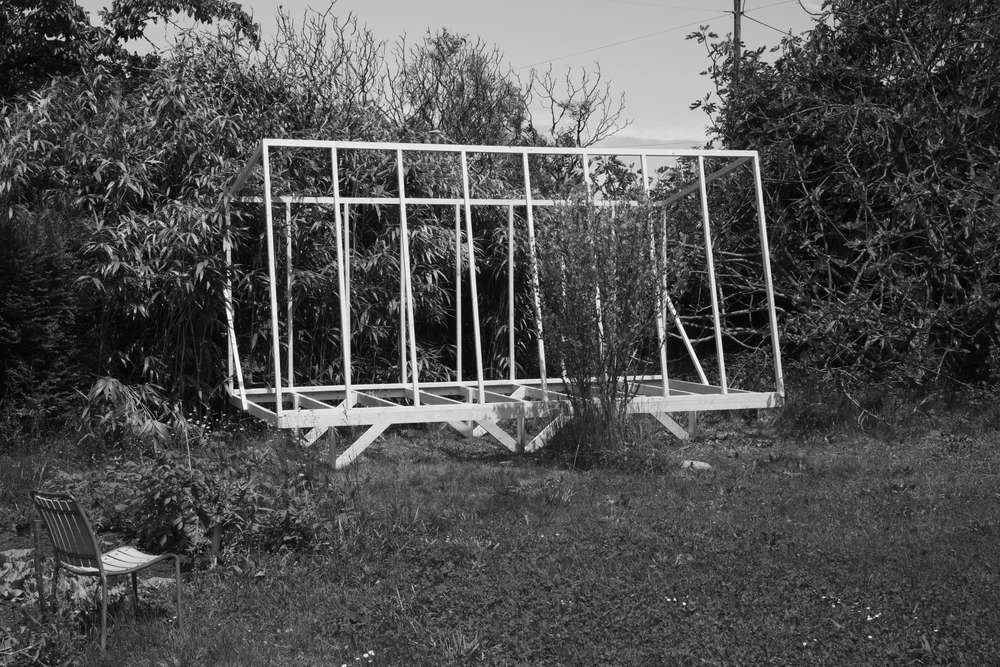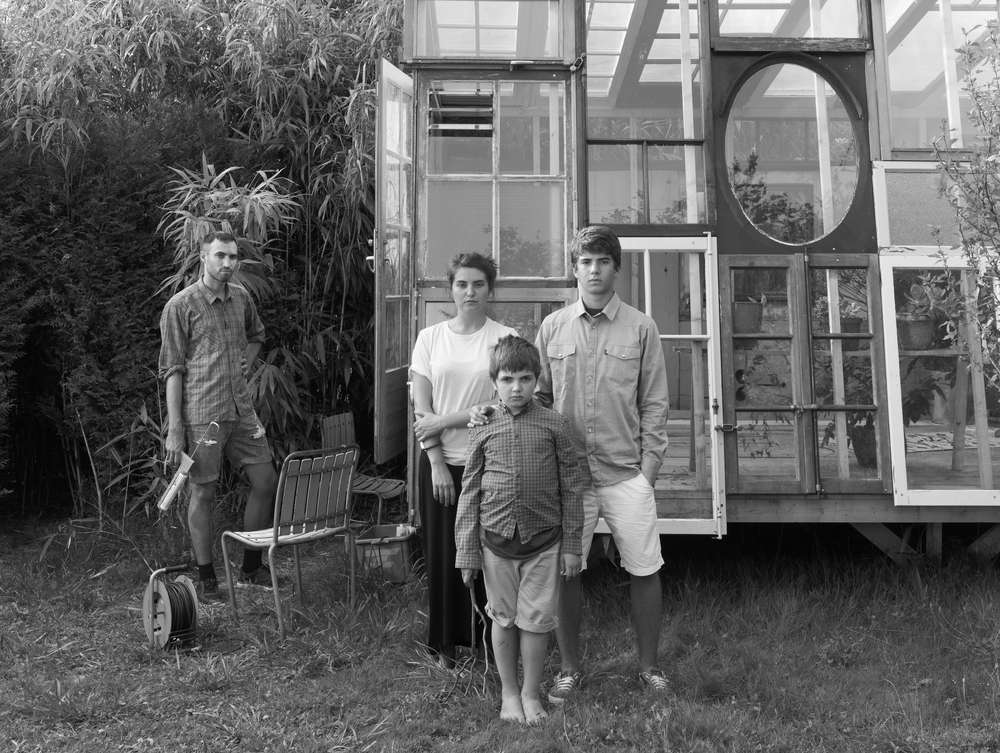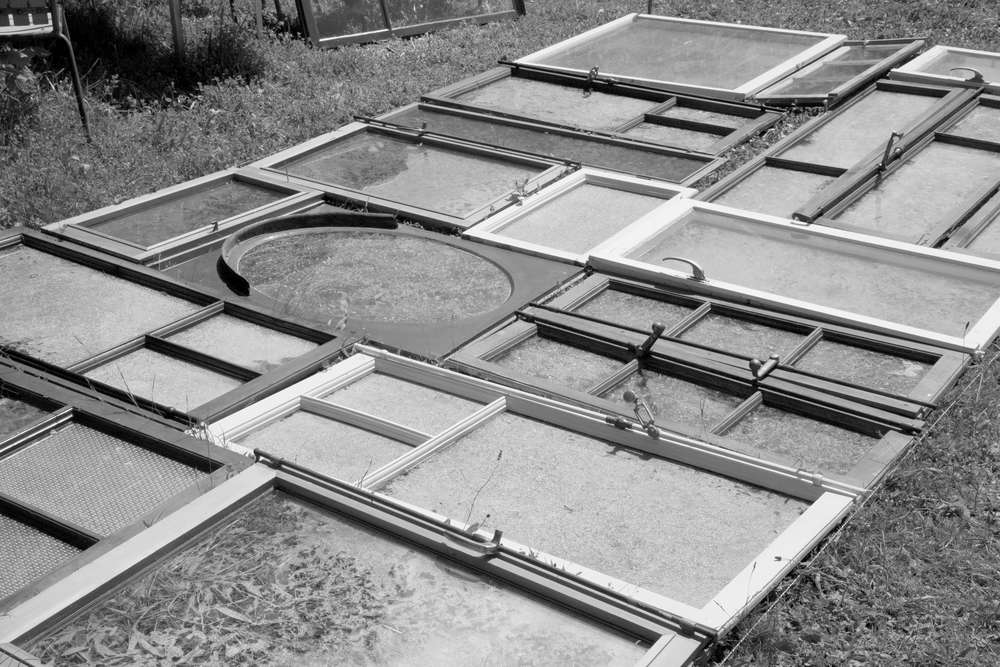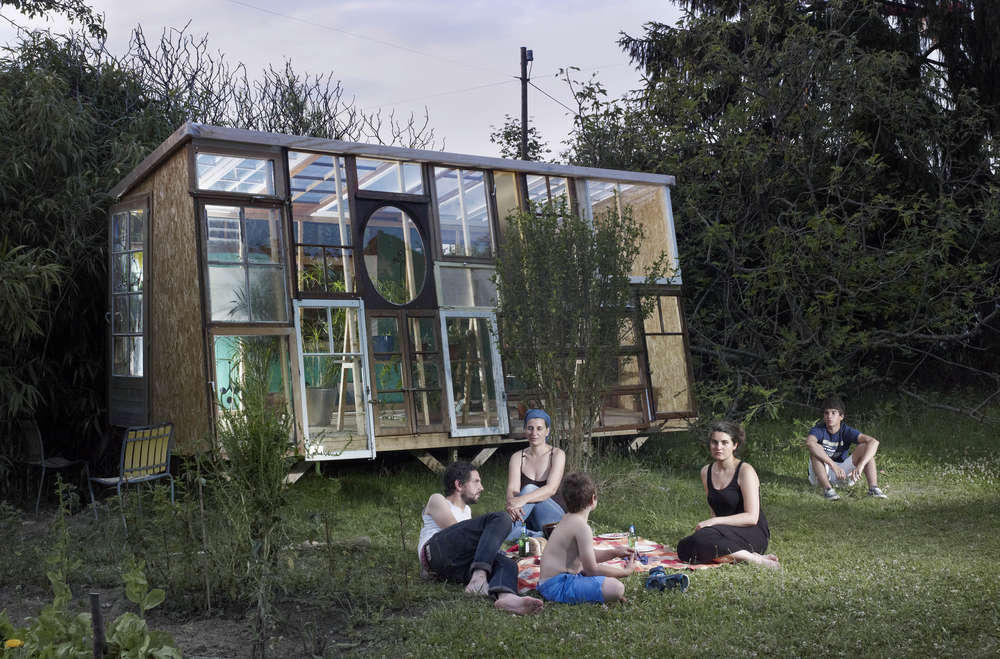Buster Keaton’s short film One Week describes how a recently married couple installs its kit-house on a small plot of land. The dismountable home conceived to be self-built in seven days only is their wedding gift. Difficulties start when arival of the couple disorganizes the component boxes to trouble the mounting and thus the happiness of the young couple’s first household. This canonical short film, first release of Keaton on his own, has been the catalyst of numerous discourses on art and architecture. Deadpan, shot by Steve Macqueen in 1997, is only one of many art pieces referencing One Week (although Macqueen might refers more directly to Steamboat Bill Junior’s collapsing façade filmed in 1928, 8 years later than One Week).
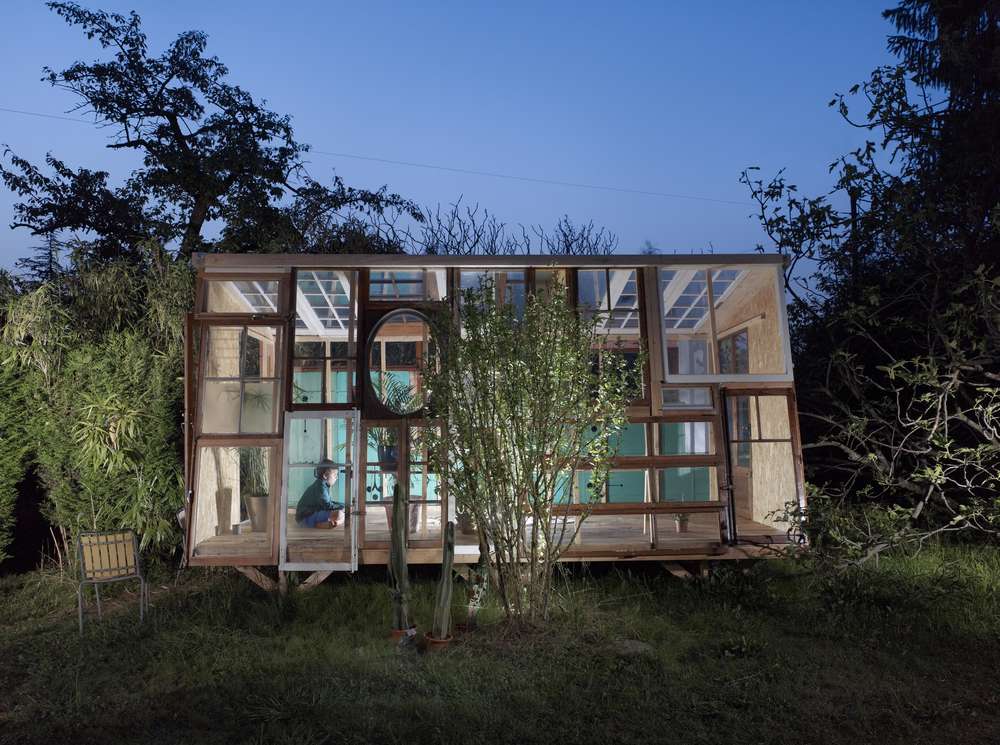
Keaton’s representation of theself-constructed house can be paralleled with Walker Evans’ photographic documentation conductedjust after the Great American Depression of 1929 for the Farm Security Administration. They both show, in drasticallydifferent ways, how the American family was occupying the territory in those harsh times. The pride of the poor owners immortalised by Walker Evans could freely be transposed to the 1920’s face of Buster Keaton, the man who never laughed.
